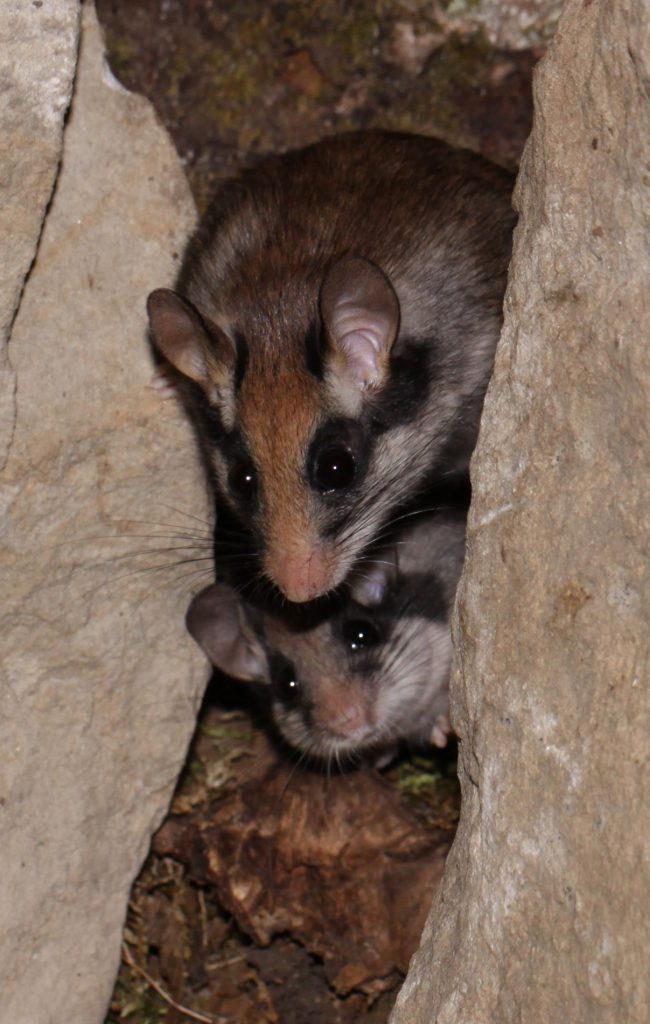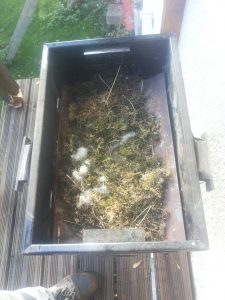The project encompasses several molecular biological techniques which allow unraveling the genetic status of garden dormice in Germany. One of the main aims is to detect potential evidence for the drastic declines of garden dormice populations in the genetic data.
Why do we investigate the genetics of garden dormice?
Population dynamics of garden dormice appear to develop very differently in Germany: While Eastern populations are rapidly declining and become extinct in many regions; Southwestern populations seem to recover and even expand their distribution range.
Further, previous genetic studies have shown that garden dormice exhibit high diversities in their chromosomal types based on their geographic origin.
Since locally adapted populations may actually represent different species or subspecies, genetic analyses of Germanys garden dormouse populations will be crucial to take effective conservation actions. Different subspecies – that may also have diverging habitat needs – could be either managed separately or their natural habitats reconnected actively based on the projects findings.
Intraspecific (genetic) diversity does not only represent a key target for effective species conservation of garden dormice. It represents in itself a very valuable quality of nature that is worth preserving and protecting. Next to species and ecosystem diversity, genetic diversity is considered one of the three pillars of biodiversity and currently probably the most neglected one. This is why it should be specifically taken into consideration for reintroductions and recolonizations of garden dormice into the wild.
What are our main questions?

- What are the genetic structures of garden dormouse populations in Germany?
- What genetic lineages are present and do they correlate with regional adaptations of the species?
- How is the genetic status linked to population history of garden dormice?
- Is there evidence for genetic erosion?
- Where are regionally adapted populations located and how are they different from others?
Photo © Sven Buechner
To identify possible reasons for the decline of the species, our research aims to investigate the genetic distribution history of garden dormice in Germany. Further, we are developing a highly-informative genetic marker system which will enable differentiation of the genetic lineages in order to assist reintroductions and repopulation of garden dormice. The project will further be accompanied by a nation-wide database for the species which will facilitate targeted and joint conservation measures in the long term.
How do we proceed?
The distribution of the various genetic variants of garden dormice will be characterized through molecular analyses of the nuclear DNA. Extensive genomic analyses of the species will help to us to distinguish various genetic lineages across the distribution range. The characterization of these genetic lineages will form the basis for the subsequent development of a diagnostic genetic markers system for garden dormice, which will then allow us to distinguish individuals quickly and to assign them to their appropriate population origins.
How do we get access to research materials?
Genetic analyses are based primarily on hair and faeces. The samples are collected from foundlings, nest boxes or animal rescue centers. Additionally, tissue samples of garden dormice that were found dead or from museums specimens are used for genomic analyses.
